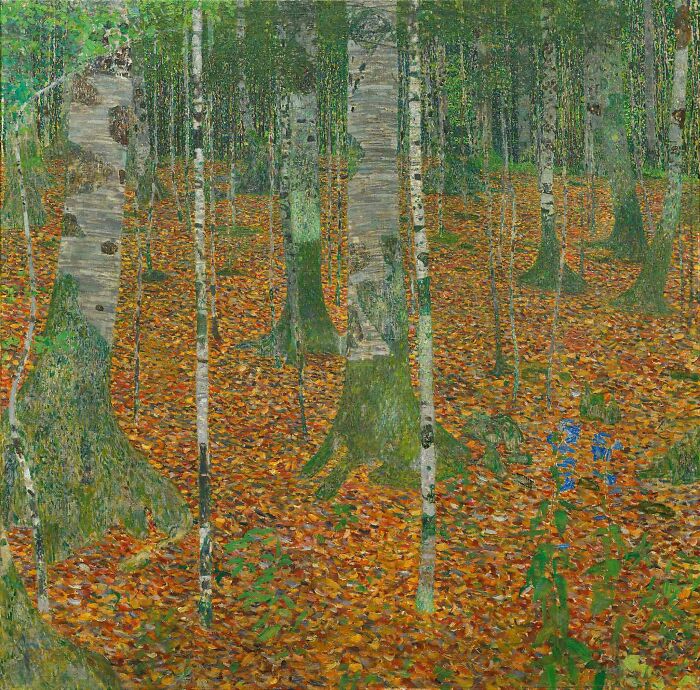
Rediscovered Gustav Klimt Painting of African Prince Estimated at More Than $16 Million

A Rediscovered Gem: Gustav Klimt’s Portrait of an African Prince
An astonishing moment in the annals of art history has emerged with the revival of a previously lost portrait by Austrian Symbolist artist Gustav Klimt. Named Prince William Nii Nortey Dowuona, the artwork has come to light after nearly a hundred years of obscurity. Its revelation not only enhances Klimt’s renowned body of work but also provides a nuanced commentary on colonial histories, racial representation, and the quest for historical justice.
A Historic Meeting in 1897
Gustav Klimt, famed for his lavish and symbolism-rich depictions of Viennese elite, crafted this exceptional piece in 1897. The portrait showcases Prince William Nii Nortey Dowuona of the Ga (Osu) community from modern-day Ghana. Executed in Klimt’s early visual language, the painting presents the prince in a serene, contemplative posture, enveloped by gentle floral embellishments — an early indication of Klimt’s celebrated decorative era, which includes pieces like The Kiss (1907-08).
However, the origin of this artwork is rooted in a more somber historical episode. Klimt met the young African prince in Vienna during a Völkerschau, or “human exhibition” — exploitative ethnographic displays that were a fixture in 19th-century Europe. These events featured orchestrated presentations of indigenous individuals brought from colonies or exotic locales, displayed publicly as living anthropological specimens. The 1897 Vienna exhibition included 121 Osu community members, including Prince William, who had journeyed for over 50 days to partake in the spectacle.
Both Klimt and his close collaborator, the artist Franz Matsch, received commissions to paint the prince during this exhibition, yet it was Matsch’s rendition that was ultimately chosen and signed. Klimt’s own portrayal remained unsold, unsigned, and, eventually, forgotten — until now.
A Hidden Artwork Rediscovered
Following its creation, the Klimt painting faded from public awareness. It appeared in 1923 at Vienna’s Samuel Kende auction house, although its sales history was unclear. In 1928, a wealthy Jewish family reportedly purchased the piece, likely for display. However, when the Nazis rose to prominence in the 1930s and anti-Semitism surged throughout Europe, this family fled Austria in 1938, relocating to Monaco, with the painting disappearing from public documentation around that time.
Fast forward to 2023: two private collectors entered the Vienna-based gallery Wienerroither & Kohlbacher with a canvas obscured by dirt and unattractively framed, convinced it might be a Klimt. Gallery co-founders Lui Wienerroither and Ebi Kohlbacher were initially doubtful until they discovered a faded estate stamp on the back of the canvas. Authentication was rapidly confirmed by Alfred Weidinger, a leading Klimt expert and author of the artist’s 2007 catalogue raisonné.
Weidinger commented, “The composition and artistic technique indicate Klimt’s shift towards decorative features that would define his later works,” suggesting that this painting is crucial for comprehending Klimt’s evolving artistry.
Claims and Restoration
Due to its provenance—previously owned by a Jewish family escaping Europe during World War II—the painting became subject to a restitution claim. A confidential agreement was reached with the descendants of the family. Following this, the artwork underwent over 18 months of meticulous restoration to restore it to its former glory.
The painting made its public debut at the prestigious TEFAF (The European Fine Art Fair) in Maastricht from March 15–20, 2025. Offered with a price label of €15 million (approximately $16.4 million), the piece attracted significant interest from collectors around the globe, though W&K has not yet confirmed a sale.
A Glimpse into History
The portrait of Prince William Nii Nortey Dowuona conveys significant insights regarding representation, history, and the dynamics of perception. Its rediscovery provides a rare and impactful alternative to the Eurocentric artistic canon, positioning a young African dignitary within the legacy of a major European artist. Yet it also compels us to confront the exploitative colonial exhibitions that enabled such interactions in the first place.
“This isn’t solely about art,” remarked historian Marie Rodet from SOAS, University of London. “It encompasses history, representation, and restitution. It reflects how Europe viewed — and often overlooked — the humanity of those it displayed for entertainment.”
The Future of the Artwork
Whether this Klimt painting finds its home in a private collection or a public institution, its rediscovery guarantees it will never again fall into obscurity. It now holds not only significant financial worth but also deep cultural and historical importance.
As one of the few portraits by Klimt featuring a non-European subject, this piece opens avenues for new scholarly research and suggests a potential broader reconsideration of Klimt’s global influence and less recognized works.
For more information